Taking medication every day for years isn’t just routine-it’s life-saving. But it’s also risky. If you’re managing diabetes, high blood pressure, arthritis, or heart disease, you’re likely on multiple drugs. And the longer you take them, the more danger you’re in-not from the illness, but from the meds themselves.
Why Long-Term Medication Use Is a Hidden Danger
Most people don’t realize that taking five or more medications daily increases your risk of falls, confusion, hospital stays, and even death. This isn’t theory-it’s data. In Australia, nearly 9 out of 10 older adults in aged care take at least five prescription drugs. Many of these aren’t reviewed together. One doctor prescribes for your heart, another for your joints, another for sleep. No one sees the full picture.
That’s called polypharmacy. And it’s not always necessary. Some meds are prescribed out of habit, not need. Others interact badly. Take aspirin and diclofenac together? That combo can wreck your stomach lining. Or mix a blood thinner with an herbal supplement? You could bleed internally without warning.
The World Health Organization says medication safety means getting the right drug, at the right dose, for the right reason-and making sure you actually take it as planned. Too often, the system fails at all four.
Your Medication List: Your Lifeline
Every single time you see a doctor, pharmacist, or go to the ER, you need to hand them a written list of everything you take. Not just prescriptions. Include vitamins, supplements, over-the-counter painkillers, even herbal teas you drink daily.
Here’s what that list must include:
- Full drug name (brand and generic if you know it)
- Dosage (e.g., 10 mg, not "one pill")
- How often (once daily? every 8 hours?)
- Why you’re taking it (e.g., "for blood pressure," not just "for heart")
- When you last refilled it
Keep it in your wallet. Save a copy on your phone. Give a copy to a family member. If you’re rushed in the ER, this list could stop a deadly interaction before it starts.
Studies show that patients who carry a current medication list reduce their risk of medication errors by over 60%. That’s not a small win-it’s life-changing.
The 7 Rights of Safe Medication Use
Healthcare workers are trained on the "7 Rights" to avoid mistakes. You should know them too. They’re not just for nurses-they’re your checklist too.
- Right patient - Is this medicine really for you? Double-check the name on the bottle.
- Right drug - Does it match what your doctor said? Don’t assume the pharmacy got it right.
- Right dose - Is it 5 mg or 50 mg? A mistake here can kill.
- Right route - Is it meant to be swallowed, injected, or applied to the skin?
- Right time - Some meds must be taken with food. Others on an empty stomach. Timing matters.
- Right documentation - Did your doctor update your record after changing your dose? Ask.
- Right reason and response - Why are you taking this? And are you feeling worse, not better?
Ask your pharmacist to walk you through these for each new prescription. If they can’t explain it clearly, find someone who can.

Medication Reviews: Don’t Wait for a Crisis
Every 6 to 12 months, schedule a full medication review. Not just with your GP. Bring your list. Ask: "Which of these are still necessary?"
Many people take drugs they no longer need. A 2023 study found that 30% of long-term users were on at least one medication that had no clear benefit after two years. Some were even taking drugs that made other conditions worse.
Ask these questions:
- Is this drug still helping me?
- Could I stop it safely?
- Is there a cheaper or safer alternative?
- Am I taking it for a condition I no longer have?
Pharmacists are trained to do these reviews. Many offer them for free. Use them. Don’t wait until you’re dizzy, confused, or hospitalized.
Adherence Isn’t Just About Taking Pills
Adherence means more than swallowing your pills. It’s three steps:
- Initiation - Did you get the prescription filled? Many don’t, especially if it’s expensive.
- Implementation - Are you taking it exactly as told? Skipping doses? Doubling up?
- Discontinuation - Are you stopping it because you feel better? That’s dangerous.
People with chronic conditions who skip doses are 50% more likely to be hospitalized. And if you stop a blood pressure med because you feel fine? Your pressure could spike overnight-no warning.
Use a pill organizer. Set phone alarms. Link your doses to daily habits-like brushing your teeth. If you’re struggling with cost, ask your pharmacist about generic options or patient assistance programs. In Australia, the PBS helps lower costs. Don’t let price stop you from getting the right care.
Watch for These Red Flags
Some side effects are easy to ignore. But they’re warning signs.
- Sudden dizziness or balance problems
- Confusion or memory lapses
- Unexplained bruising or bleeding
- Severe nausea, vomiting, or diarrhea
- Swelling in ankles or face
- Feeling unusually tired or weak
If you notice any of these, don’t wait for your next appointment. Call your doctor or pharmacist immediately. These could be signs of a dangerous interaction or overdose.
Older adults are especially vulnerable. As we age, our bodies process drugs slower. A dose that was safe at 50 might be toxic at 75. That’s why regular reviews are non-negotiable.
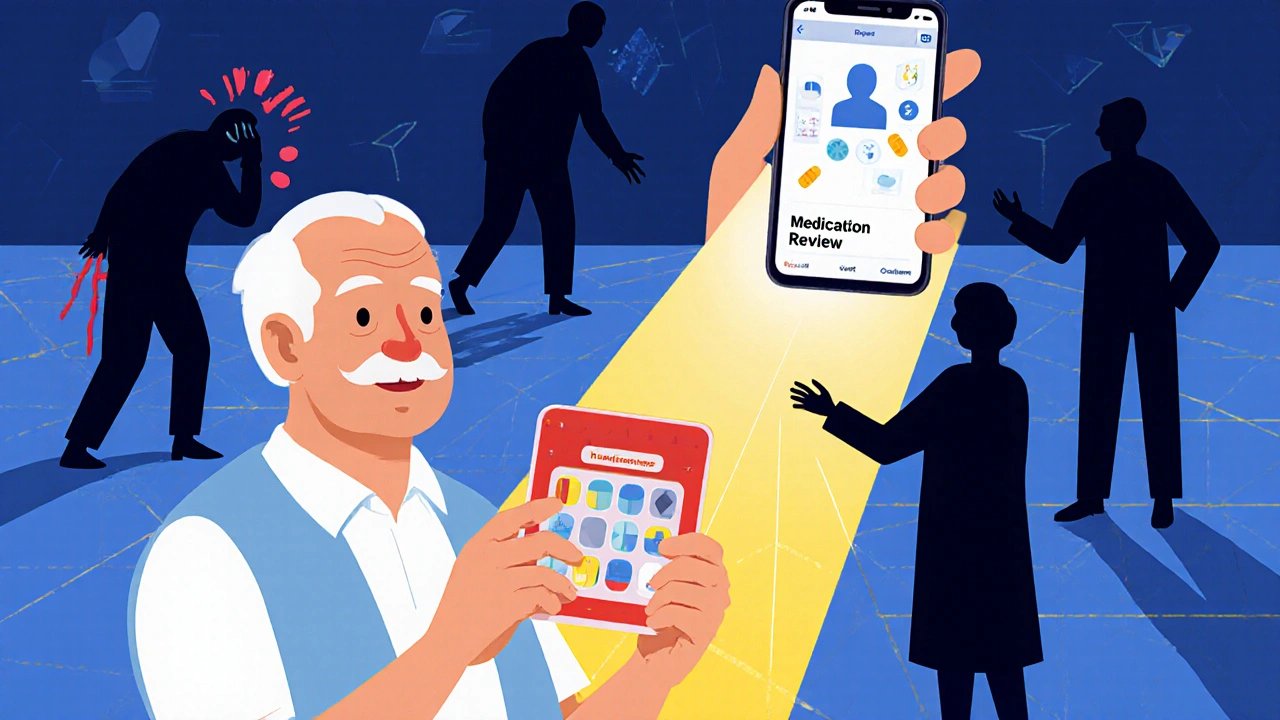
Technology Can Help-But Only If You Use It
Apps like Medisafe or MyTherapy can remind you when to take pills. Some sync with your pharmacy to track refills. Others flag potential drug interactions before you even fill the script.
But tech won’t fix bad habits. If you don’t enter your meds correctly, the app won’t help. If you ignore the alerts, it’s just another notification.
Use it as a tool-not a replacement for your own awareness.
Who Should You Talk To?
You don’t have to manage this alone.
- Your GP - The person who coordinates your overall care. They should know all your meds.
- Your pharmacist - They see your full prescription history. Ask them to review it with you.
- A care coordinator - If you’re in a chronic disease program, they can help link your doctors and track your progress.
- A family member - Give someone access to your list. They can help spot changes you might miss.
Team-based care-where your GP, pharmacist, and nurse work together-boosts adherence by 15%. That’s not a small jump. That’s the difference between staying out of hospital and ending up there.
Final Thought: You’re the Most Important Person in This Equation
No app, no pill organizer, no doctor can keep you safe if you don’t speak up. If you don’t understand why you’re taking something, say so. If you’re scared of side effects, ask. If you can’t afford it, tell them.
Medication safety isn’t about following rules. It’s about staying alive. And you’re the only one who can make sure you’re doing it right.

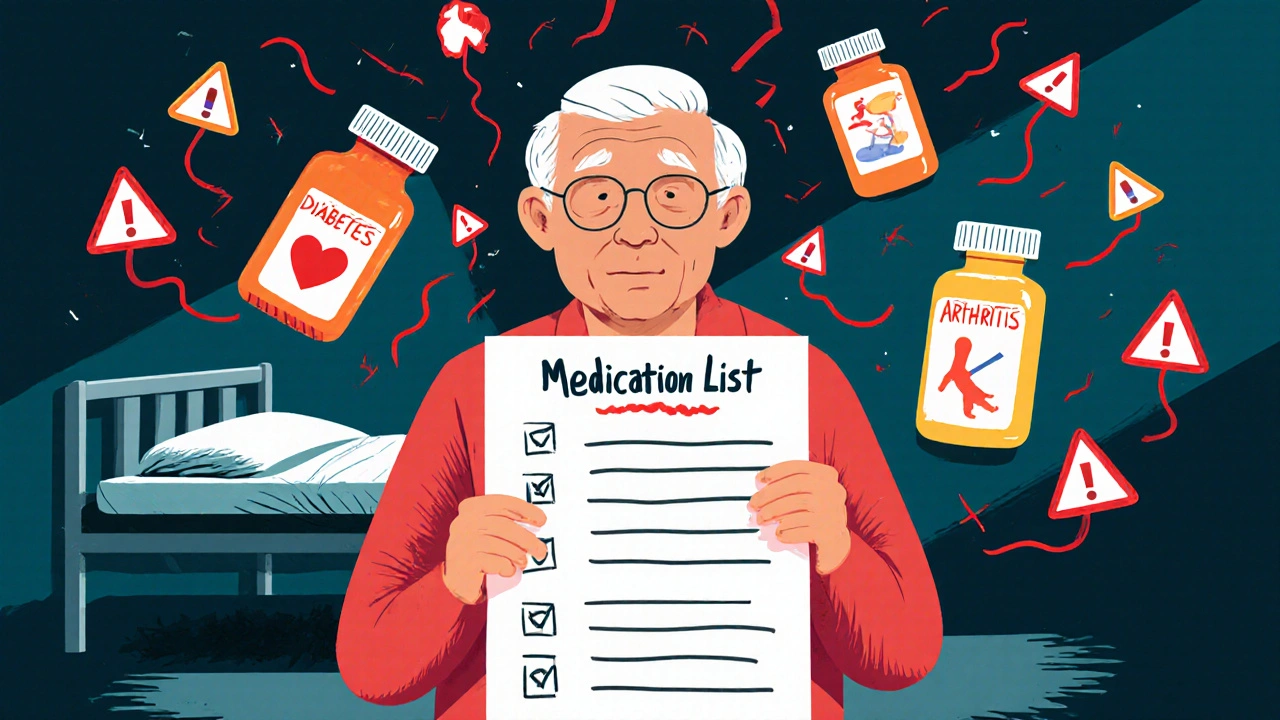
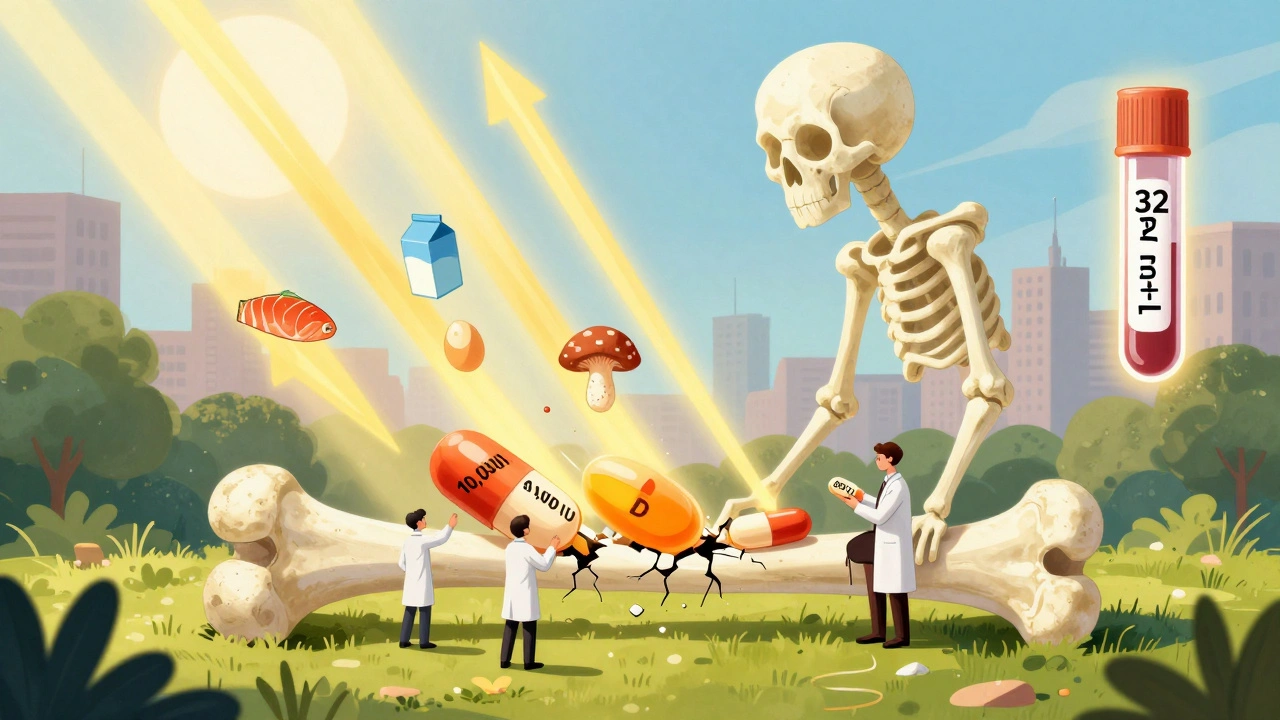
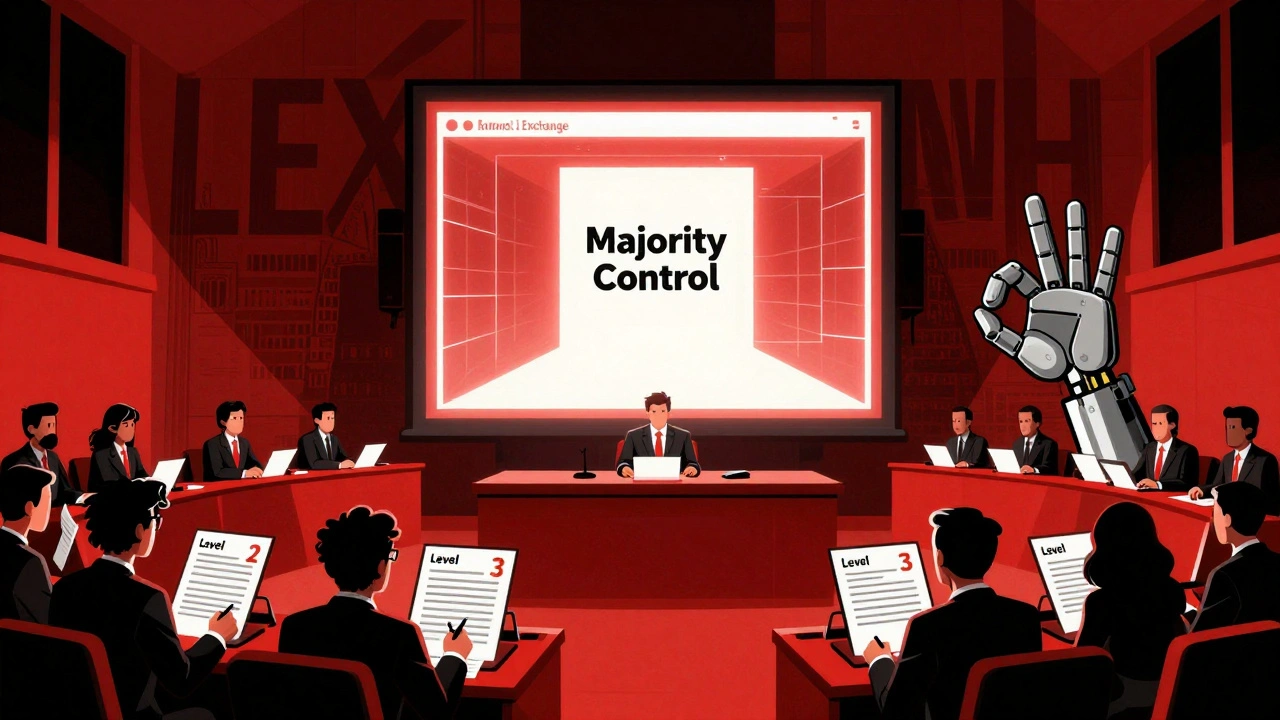
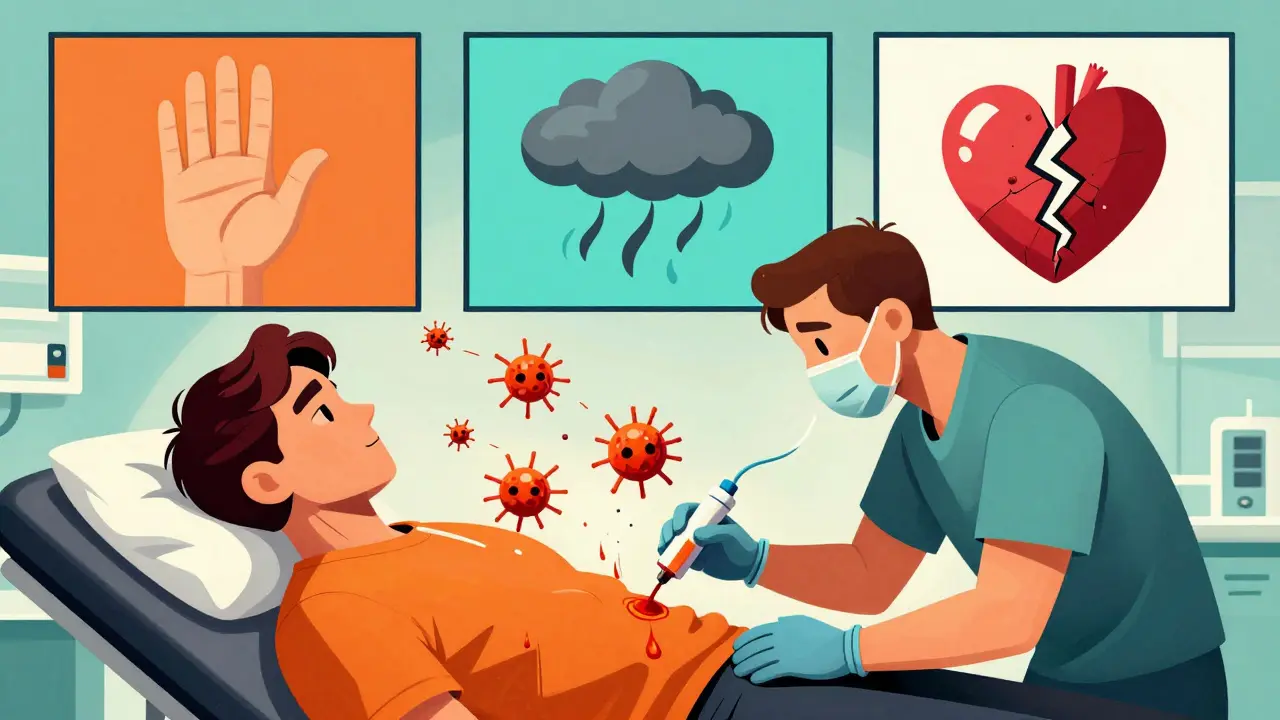
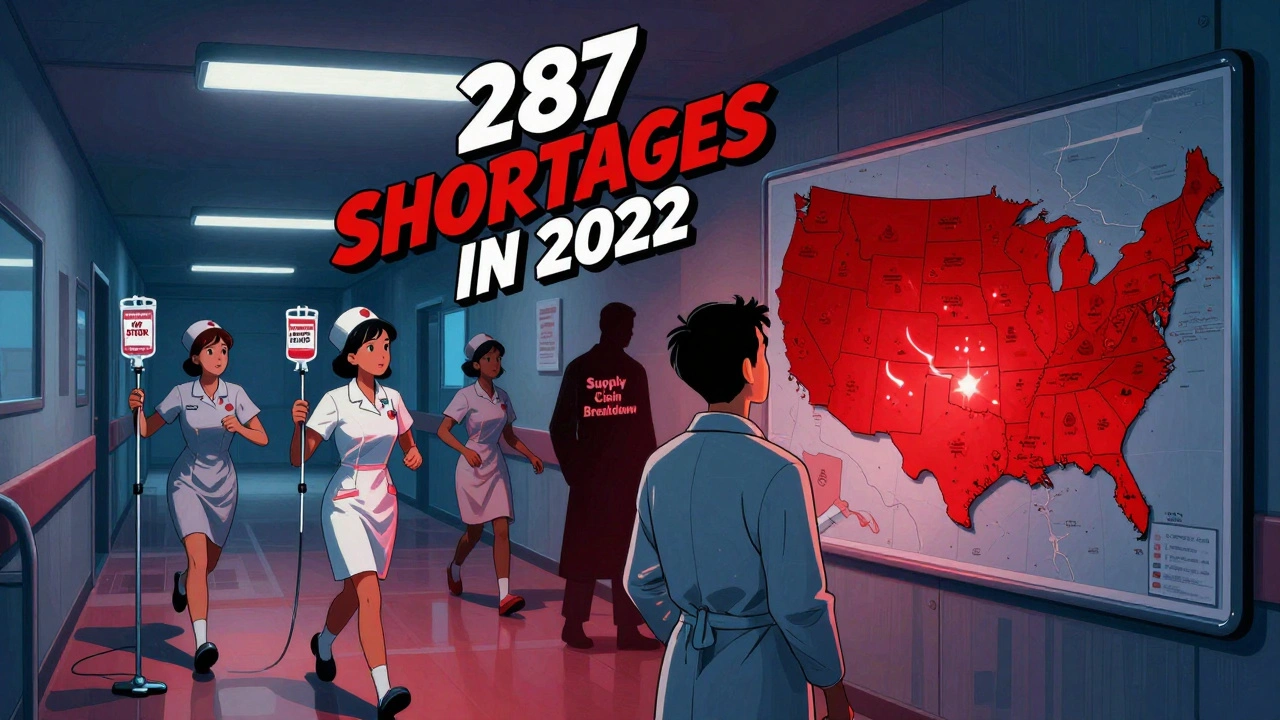
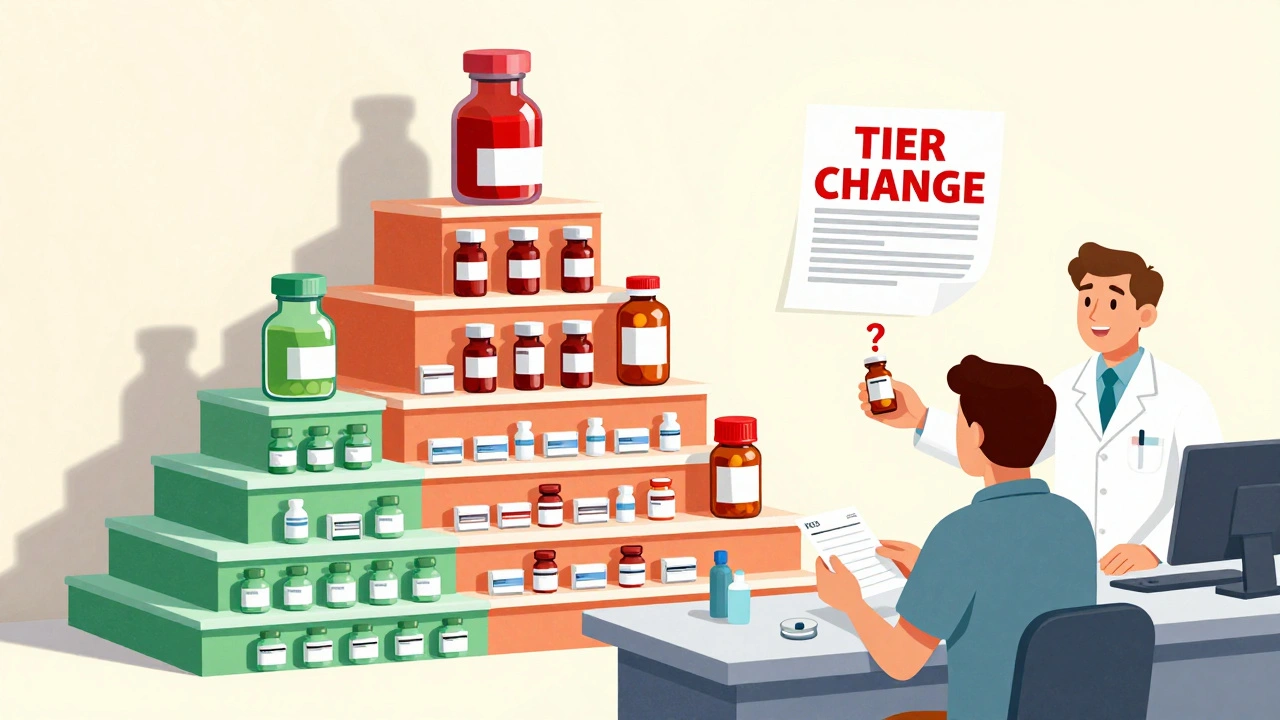
mohit passi
November 25, 2025 AT 11:47Aaron Whong
November 25, 2025 AT 16:45Sanjay Menon
November 25, 2025 AT 20:12Cynthia Springer
November 26, 2025 AT 04:16Marissa Coratti
November 27, 2025 AT 06:49Rachel Whip
November 28, 2025 AT 05:06Ezequiel adrian
November 30, 2025 AT 00:47Ali Miller
November 30, 2025 AT 04:11JAY OKE
December 1, 2025 AT 05:22Joe bailey
December 2, 2025 AT 15:46Amanda Wong
December 3, 2025 AT 02:41Stephen Adeyanju
December 4, 2025 AT 02:38james thomas
December 5, 2025 AT 19:55Deborah Williams
December 7, 2025 AT 05:49